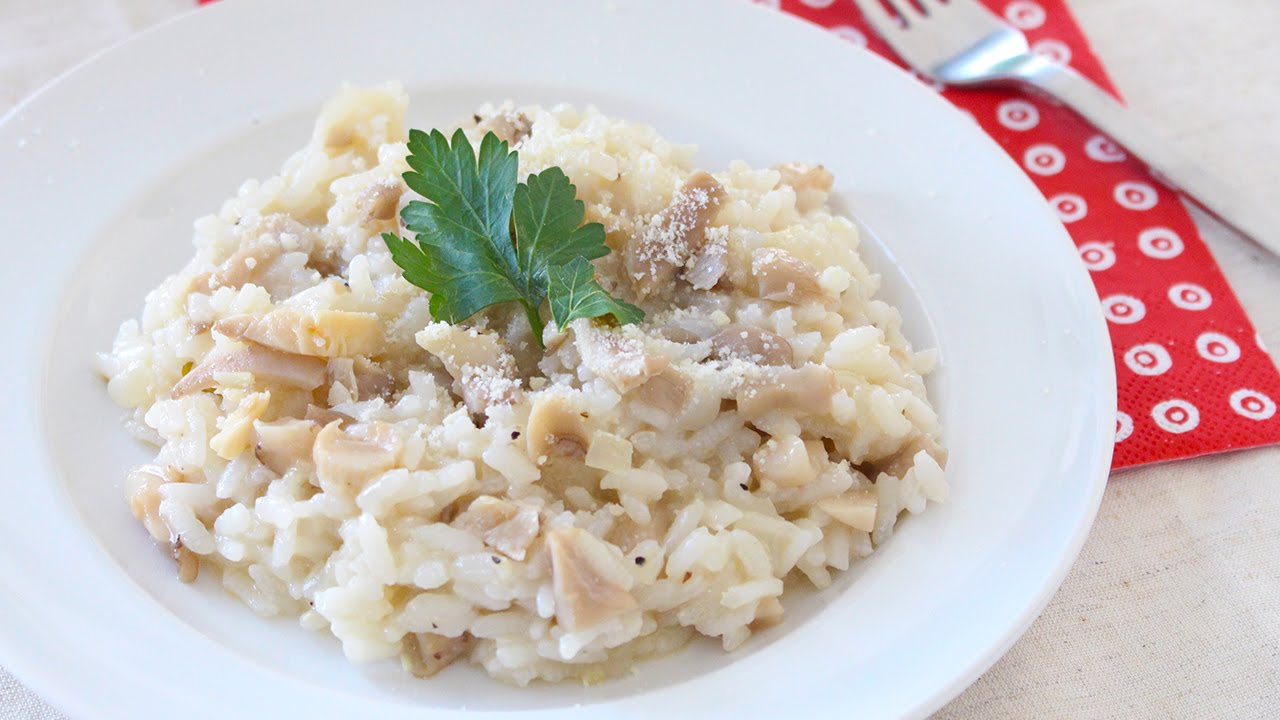

Articles
How To Make Risotto In A Rice Cooker
Modified: December 6, 2023
Learn how to make delicious risotto in a rice cooker with our easy-to-follow articles. Find step-by-step instructions and expert tips for perfect results every time.
(Many of the links in this article redirect to a specific reviewed product. Your purchase of these products through affiliate links helps to generate commission for Storables.com, at no extra cost. Learn more)
Introduction
Risotto is a classic Italian dish known for its rich and creamy texture. Traditionally, making risotto involves constant stirring and attention to ensure the rice cooks evenly and absorbs the flavors of the ingredients. However, with the help of a rice cooker, you can easily achieve the same luscious risotto without the hassle.
In this article, we will explore the benefits of making risotto in a rice cooker, how to choose the right rice, prepare the ingredients, and provide a basic risotto recipe that you can try. We will also share some tips and tricks to make sure your risotto turns out perfectly every time. So, let’s dive in and discover the wonders of making risotto in a rice cooker!
Key Takeaways:
- Making risotto in a rice cooker offers simplicity, consistency, and time-saving benefits. With the right rice and ingredient preparation, you can achieve a delicious and creamy risotto without the hassle of traditional stovetop methods.
- By following a basic risotto recipe and experimenting with variations, you can create unique and flavorful rice cooker risotto. Serve it with garnishes, pair it with wine, and enjoy the rich and comforting flavors immediately after cooking.
Read more: How To Make Rice In A Rice Cooker
Benefits of Making Risotto in a Rice Cooker
Making risotto in a rice cooker offers several advantages that make it a convenient and time-saving option. Here are some benefits of using a rice cooker to prepare your risotto:
- Simplicity: Making risotto in a rice cooker is incredibly simple. You just need to add the ingredients and let the rice cooker do the work for you. There’s no need for constant stirring or monitoring like traditional stovetop methods.
- Consistency: The rice cooker ensures consistent heat distribution, resulting in evenly cooked risotto every time. This eliminates the risk of undercooking or overcooking the rice.
- Time-saving: Traditional risotto requires continuous stirring, which can be time-consuming. With a rice cooker, you can set it and forget it. This gives you the luxury of attending to other tasks while your risotto cooks to perfection.
- Hands-off cooking: Since the rice cooker handles the cooking process, you have more freedom to focus on other elements of your meal preparation. This is especially beneficial if you’re hosting a dinner party or juggling multiple dishes.
- Effortless cleanup: Rice cookers typically have nonstick inner pots that make cleanup a breeze. You won’t have to worry about scrubbing a sticky pot after enjoying a delicious bowl of risotto.
With these benefits in mind, using a rice cooker to make risotto is an excellent choice for busy individuals or anyone who wants to simplify the cooking process without sacrificing flavour or quality.
Choosing the Right Rice
When it comes to making risotto in a rice cooker, selecting the right type of rice is crucial for achieving that creamy and tender texture. Here are some rice varieties that work best for making risotto:
- Arborio Rice: Arborio rice is the most commonly used rice for making risotto. It has a high starch content, which releases slowly during cooking, resulting in a creamy texture. Look for short-grain Arborio rice for the best results.
- Carnaroli Rice: Carnaroli rice is often considered the king of risotto rice. It has a higher starch content than Arborio rice and can absorb more liquid while retaining its shape. This rice variety is perfect for creating rich and velvety risotto.
- Vialone Nano Rice: Vialone Nano rice is another popular choice for risotto. It has a higher amylose content, which makes the grains stay separate while still creating a creamy texture. This rice variety is common in the Veneto region of Italy.
- Short Grain Rice: If you don’t have access to the specific risotto rice varieties mentioned above, you can use short grain rice as an alternative. While it won’t offer the same level of creaminess, it can still produce a delicious risotto.
When purchasing rice for risotto, opt for high-quality brands that offer the freshest grains. Look for rice that has a good balance of moisture and firmness without any off-putting odours. Additionally, storing your rice in a cool, dry place will help maintain its freshness and ensure optimal results when cooking.
Keep in mind that different rice cookers may require varying amounts of liquid and cooking times to achieve the desired consistency. Follow the instructions provided with your rice cooker or experiment with different ratios to find the perfect balance for your preference.
Now that you know the importance of selecting the right type of rice, let’s move on to preparing the ingredients for your delicious risotto!
Preparing the Ingredients
Properly preparing the ingredients is essential to ensuring a flavorful and well-cooked risotto. Here’s a step-by-step guide on how to prepare the ingredients for your rice cooker risotto:
- Broth: Start by preparing the broth. You can use vegetable, chicken, or beef broth, depending on your preference. If using store-bought broth, heat it in a separate pot. Alternatively, you can make your own broth from scratch by simmering vegetables, meat, and herbs in water for a rich, homemade flavor.
- Vegetables and Proteins: Choose the ingredients you want to include in your risotto. Popular options include diced onions, minced garlic, mushrooms, peas, asparagus, and diced chicken or shrimp. Chop the vegetables and proteins into small, bite-sized pieces for even cooking.
- Herbs and Spices: Fresh herbs like parsley, basil, thyme, or rosemary can add a burst of flavor to your risotto. You can also use dried herbs if fresh ones are not available. Additionally, seasonings like salt, pepper, and grated Parmesan cheese are often added to enhance the taste.
- Pre-soaking the Rice (Optional): Some cooks recommend rinsing and pre-soaking the rice for about 30 minutes before cooking to remove excess starch. This step can help achieve a fluffier texture. However, it is not necessary if you’re short on time.
- Sautéing: Preheat a pan on the stovetop and add a drizzle of olive oil or butter. Sauté the onions and garlic until they become translucent. If you’re using proteins like chicken or shrimp, you can also cook them briefly until they’re partially done. This step adds depth of flavor to your risotto.
By following these steps, you’ll have all your ingredients ready to go for making delicious risotto in your rice cooker. In the next section, we’ll provide a basic risotto recipe that you can try with your prepared ingredients.
Basic Risotto Recipe
Now that you’ve prepared your ingredients, it’s time to put them to use with a basic risotto recipe. This recipe serves as a foundation for creating a creamy and flavorful risotto in your rice cooker:
- Ingredients:
- – 1 cup Arborio rice
- – 4 cups vegetable or chicken broth
- – 1 small onion, finely diced
- – 2 cloves garlic, minced
- – 1/2 cup white wine (optional)
- – 2 tablespoons butter
- – 1/2 cup grated Parmesan cheese
- – Salt and pepper to taste
- – Fresh parsley, chopped, for garnish (optional)
- Instructions:
- – In your rice cooker, select the sauté function and melt the butter.
- – Add the diced onions and minced garlic to the rice cooker and sauté until translucent and fragrant.
- – Add the Arborio rice to the rice cooker and stir it for a minute or two, allowing it to toast slightly.
- – If using white wine, pour it into the rice cooker and stir until it has been absorbed.
- – Slowly add the broth, one cup at a time, stirring occasionally until each cup of liquid is absorbed by the rice.
- – Continue this process until the rice is cooked al dente and has a creamy consistency. This typically takes 20-25 minutes.
- – Once the rice is cooked, stir in the grated Parmesan cheese until it is melted and well incorporated.
- – Season with salt and pepper to taste.
- – Serve the risotto hot, garnished with fresh parsley if desired.
This basic risotto recipe provides a versatile base that you can customize by adding your choice of sautéed vegetables, proteins, or herbs to create different flavors and variations.
Next, let’s move on to the important part – the cooking process using your rice cooker!
Add the broth gradually to the rice cooker, stirring occasionally to release the starch from the rice for a creamy texture.
Read more: How To Make A Cake In A Rice Cooker
Cooking Risotto in a Rice Cooker
Now that you have your prepared ingredients and a basic risotto recipe, let’s explore how to cook risotto in a rice cooker. Follow these steps to achieve a delicious and creamy risotto:
- Start the Rice Cooker: Turn on your rice cooker and select the appropriate cooking setting. If your rice cooker has a sauté function, use it to sauté the onions and garlic as mentioned in the previous recipe. Otherwise, skip this step and proceed to the next one.
- Add Ingredients: Once your rice cooker is heated, add the pre-sautéed onions and garlic, followed by the Arborio rice. If using white wine, add it and stir until it is absorbed by the rice.
- Add the Broth: Slowly add the vegetable or chicken broth to the rice cooker, one cup at a time. Stir the rice occasionally to ensure even distribution of liquid and to prevent sticking.
- Let the Rice Cook: Allow the rice cooker to cook the risotto according to its settings. The cooking time may vary depending on the rice cooker model and the amount of rice being cooked.
- Check and Stir: After each cup of liquid is absorbed, check the consistency and tenderness of the rice. If needed, add more broth or hot water to achieve the desired level of creaminess. Stir gently to ensure even cooking.
- Test for Doneness: Test a small portion of the rice to check if it is cooked to your preference. It should be al dente, meaning it has a slight bite but is still creamy. If the rice is too firm, add a little more liquid and continue cooking.
- Finish and Season: Once the rice reaches the desired consistency, stir in the grated Parmesan cheese and season with salt and pepper to taste. This will add richness and enhance the flavors of your risotto.
- Rest and Serve: Allow the risotto to rest for a few minutes before serving. This will allow the flavors to meld together. Serve the risotto hot, and if desired, garnish with fresh herbs or additional grated Parmesan cheese.
By following these steps, you can achieve a creamy and satisfying risotto using your rice cooker. It’s a convenient and foolproof method that saves you time and effort without compromising on taste and texture.
In the next section, we’ll share some tips and tricks to help you create the perfect risotto in your rice cooker every time.
Tips and Tricks for Perfect Risotto
To ensure that your risotto turns out perfectly creamy and delicious, here are some tips and tricks to keep in mind:
- Use the Right Rice: Choose the appropriate rice variety, such as Arborio or Carnaroli, with a high starch content that will release slowly during cooking and create that creamy texture.
- Preheat the Rice Cooker: If your rice cooker has a sauté function, preheat it before adding the ingredients. This will help enhance the flavors and ensure even cooking.
- Toast the Rice: If your rice cooker has a sauté option, lightly toast the rice before adding the liquid. This step enhances the nuttiness of the rice and adds depth to the overall flavor.
- Add the Liquid Gradually: When adding the broth or liquid, do it gradually, allowing the rice to absorb each portion before adding more. This step ensures that the rice cooks evenly and prevents the risotto from becoming too mushy.
- Stir Occasionally: While the rice cooker does most of the work, it’s still good to give the risotto a gentle stir occasionally to distribute the liquid and prevent sticking. However, be cautious not to over-stir as it can cause the risotto to release too much starch and become gluey.
- Experiment with Flavors: Feel free to get creative with flavors. Add sautéed vegetables, protein, or herbs to customize your risotto and make it your own.
- Season at the End: Season the risotto with salt, pepper, and other seasoning ingredients at the end of the cooking process. This allows you to adjust the flavors to your taste preferences without overpowering the dish.
- Let it Rest: Allow the risotto to rest for a few minutes before serving. This resting period allows the rice to absorb any remaining liquid and allows the flavors to meld together.
- Garnish for a Final Touch: Consider adding a final garnish like fresh herbs, grated Parmesan cheese, or a drizzle of olive oil to enhance the presentation and flavor of your risotto.
Experimenting with different ingredients, playing with flavors, and adapting the recipe to suit your preferences will help you create unique and delicious rice cooker risotto every time. Enjoy the process and savor the results!
Next, let’s explore some variations and additions to elevate your risotto game even further.
Variations and Additions
Risotto is a versatile dish that allows for endless variations and additions to suit your taste preferences. Here are some ideas to inspire you and take your rice cooker risotto to the next level:
- Mushroom Risotto: Sauté a mix of mushrooms, such as shiitake, cremini, or porcini, with onions and garlic. Add them to your rice cooker along with the Arborio rice and proceed with the cooking process. Finish with a sprinkle of chopped fresh parsley for added freshness.
- Seafood Risotto: Add shrimp, scallops, or a combination of seafood to your sautéed onions and garlic. Cook them briefly before adding the rice and liquid. You can also incorporate some white wine for extra flavor. Finish with a squeeze of fresh lemon juice and a sprinkle of chopped chives.
- Butternut Squash Risotto: Roast cubes of butternut squash until tender and slightly caramelized. Stir them in with the rice and add vegetable broth gradually. As the risotto cooks, the flavors of the squash will infuse into the dish, creating a creamy and comforting risotto.
- Spinach and Feta Risotto: Sauté some spinach until wilted and mix it into the risotto along with crumbled feta cheese. The combination of the earthy spinach and tangy feta adds a delicious twist to the traditional risotto.
- Pea and Mint Risotto: Cook the risotto as usual, and towards the end of the cooking process, stir in blanched peas and finely chopped fresh mint leaves. The vibrant green color and the refreshing mint flavor will make this risotto a delightful springtime dish.
- Truffle Risotto: For a luxurious twist, drizzle a small amount of truffle oil or add some grated truffle to the risotto just before serving. This will add a distinctive and indulgent flavor that pairs well with many ingredients, including mushrooms or asparagus.
Feel free to get creative and experiment with different ingredients to create your own unique risotto variations. Don’t be afraid to combine flavors and use seasonal produce to take advantage of the freshest ingredients available.
Now that you have explored variations and additions, let’s move on to the final steps – serving and enjoying your delicious risotto!
Serving and Enjoying Your Risotto
After putting in the effort to make a delicious risotto in your rice cooker, it’s time to serve and enjoy the fruits of your labor. Here are some tips on how to serve and elevate your rice cooker risotto:
- Plate Presentation: Spoon the risotto onto individual plates or bowls. Use a large spoon or an ice cream scoop to create a neat and visually appealing mound of risotto in the center of each plate.
- Garnish: Add the final touches to your dish by garnishing with fresh herbs such as parsley, basil, or chives. This adds a pop of color and freshness to the dish.
- Extra Toppings: Enhance the flavors and textures of your risotto by adding some extra toppings. Sprinkle grated Parmesan cheese, drizzle with truffle oil or balsamic reduction, or add a dollop of mascarpone cheese for creaminess.
- Serve as a Main or Side Dish: Depending on your preference, you can serve the risotto as a main course or as a side dish to accompany meats, poultry, or seafood. It pairs well with a variety of proteins and vegetables.
- Pair with Wine: Consider pairing your risotto with a complementary wine. For example, a crisp and dry white wine like Pinot Grigio or Chardonnay pairs well with seafood risotto, while a red wine like Sangiovese or Nebbiolo can complement mushroom risotto.
- Leftovers: Leftover risotto can be transformed into delicious arancini (Italian rice balls) or be reheated as a quick and comforting meal for another day. Simply shape the cold risotto into balls, coat them in breadcrumbs, and deep-fry for a crispy exterior and gooey center.
Remember that risotto is best enjoyed immediately after cooking while it’s still creamy and hot. The rich and comforting flavors are best experienced when fresh off the stove.
Now that you know how to serve and enjoy your risotto, let’s wrap up this article.
Read more: How To Make Dal In Rice Cooker
Conclusion
Cooking risotto in a rice cooker offers a convenient and efficient way to enjoy this classic Italian dish without the need for constant stirring and monitoring. With the right rice, proper ingredient preparation, and a few helpful tips, you can achieve a delicious, creamy, and flavorful risotto right in your own kitchen.
We explored the numerous benefits of using a rice cooker for risotto, including the simplicity, consistency, time-saving aspect, and effortless cleanup. The hands-off cooking process allows you to focus on other tasks while still achieving excellent results.
Choosing the right type of rice, such as Arborio or Carnaroli, is essential to achieving that signature creamy texture. Preparing the ingredients, sautéing them, and adding them to the rice cooker ensures an even distribution of flavors throughout the dish.
With a basic risotto recipe as a foundation, you can get creative by incorporating various vegetables, proteins, herbs, and seasonings to customize and elevate the flavors of your risotto. The possibilities are endless, allowing you to experiment and create unique variations to suit your taste preferences.
Once your risotto is cooked to perfection in the rice cooker, it’s time to serve and enjoy. Plate your risotto with a visual appeal, garnish with fresh herbs, and consider adding extra toppings or pairings to enhance the overall experience.
Whether you’re serving risotto as a main dish or a side, it’s best enjoyed immediately while it’s at its peak. And if you have any leftovers, don’t hesitate to transform them into tasty arancini or simply reheat them for another satisfying meal.
Now that you have a clear understanding of how to make risotto in a rice cooker, it’s time to gather your ingredients and embark on a culinary adventure. Enjoy the process, savor the flavors, and impress your family and friends with your homemade risotto. Buon appetito!
Frequently Asked Questions about How To Make Risotto In A Rice Cooker
Was this page helpful?
At Storables.com, we guarantee accurate and reliable information. Our content, validated by Expert Board Contributors, is crafted following stringent Editorial Policies. We're committed to providing you with well-researched, expert-backed insights for all your informational needs.
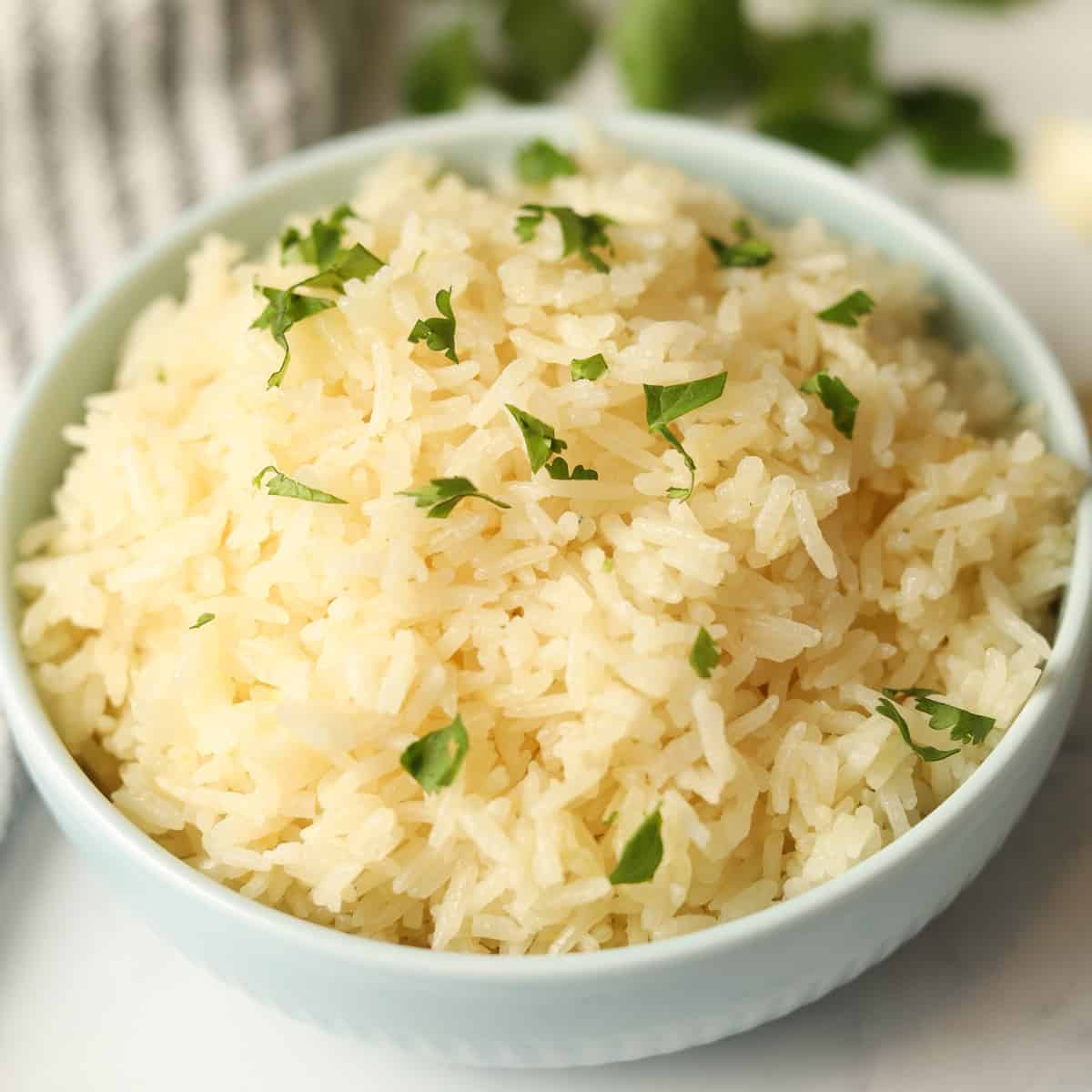
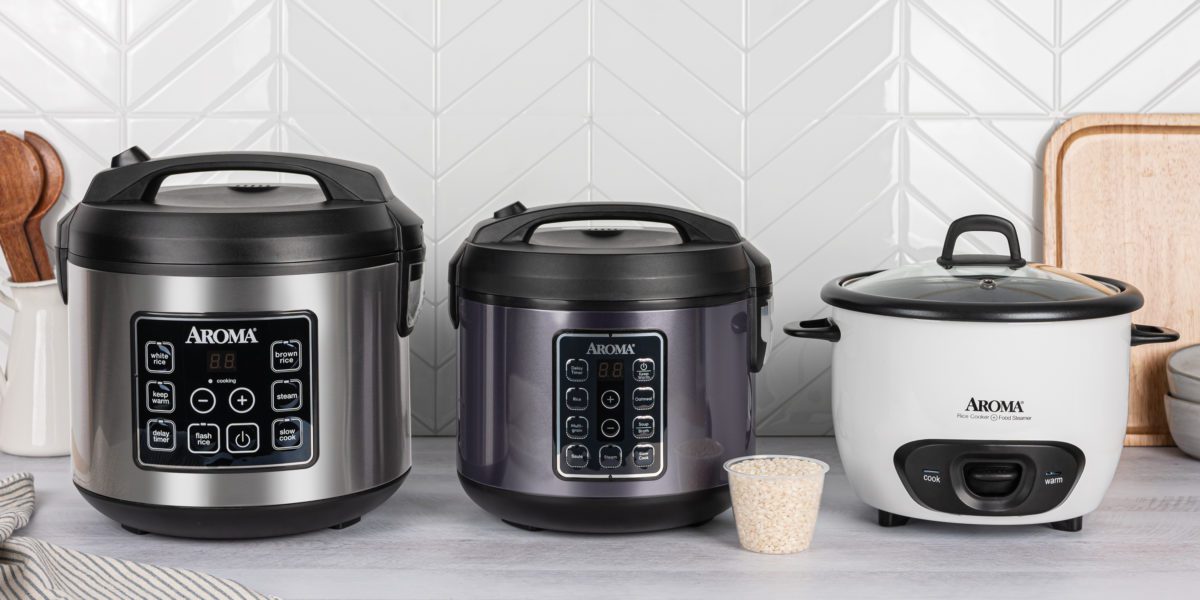
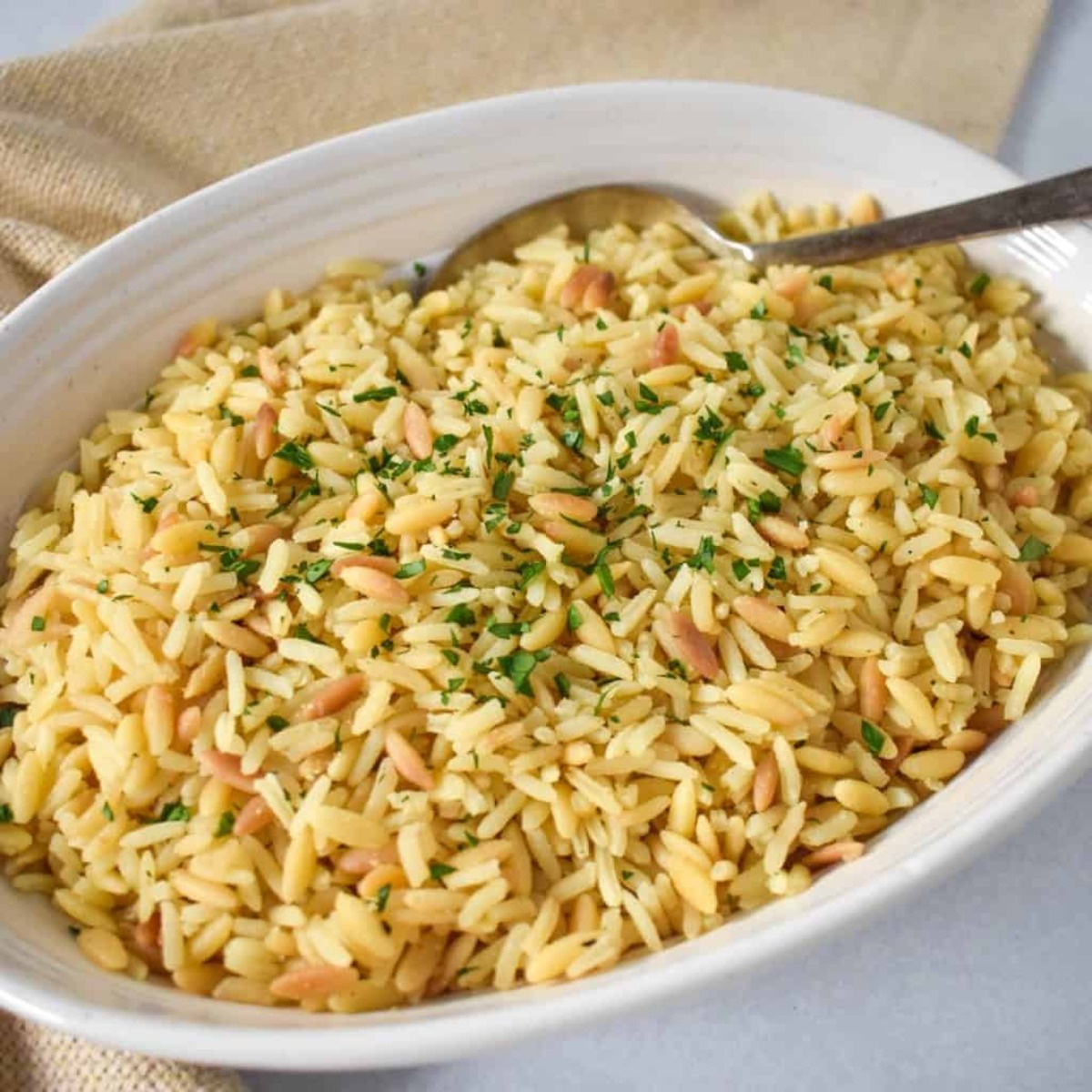
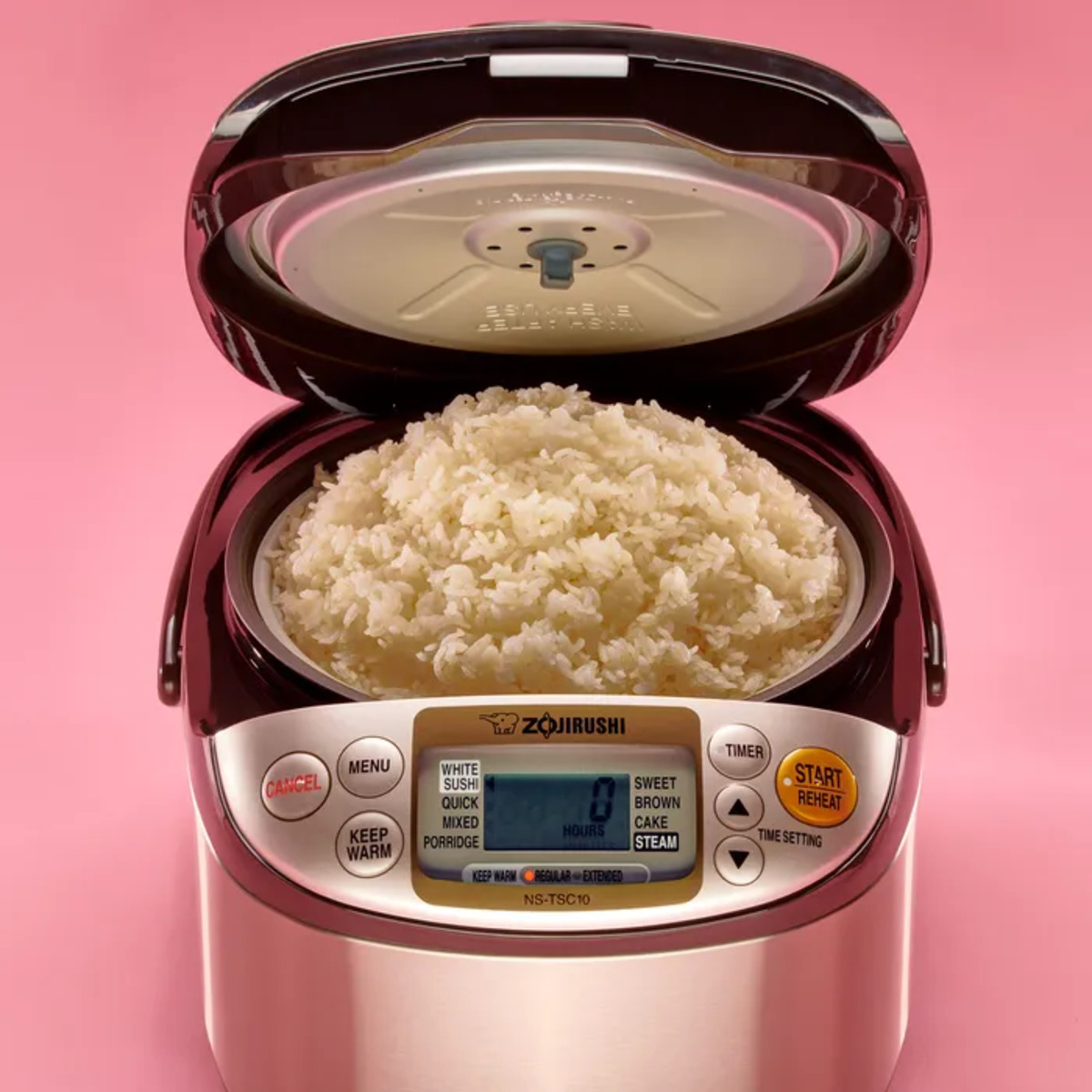
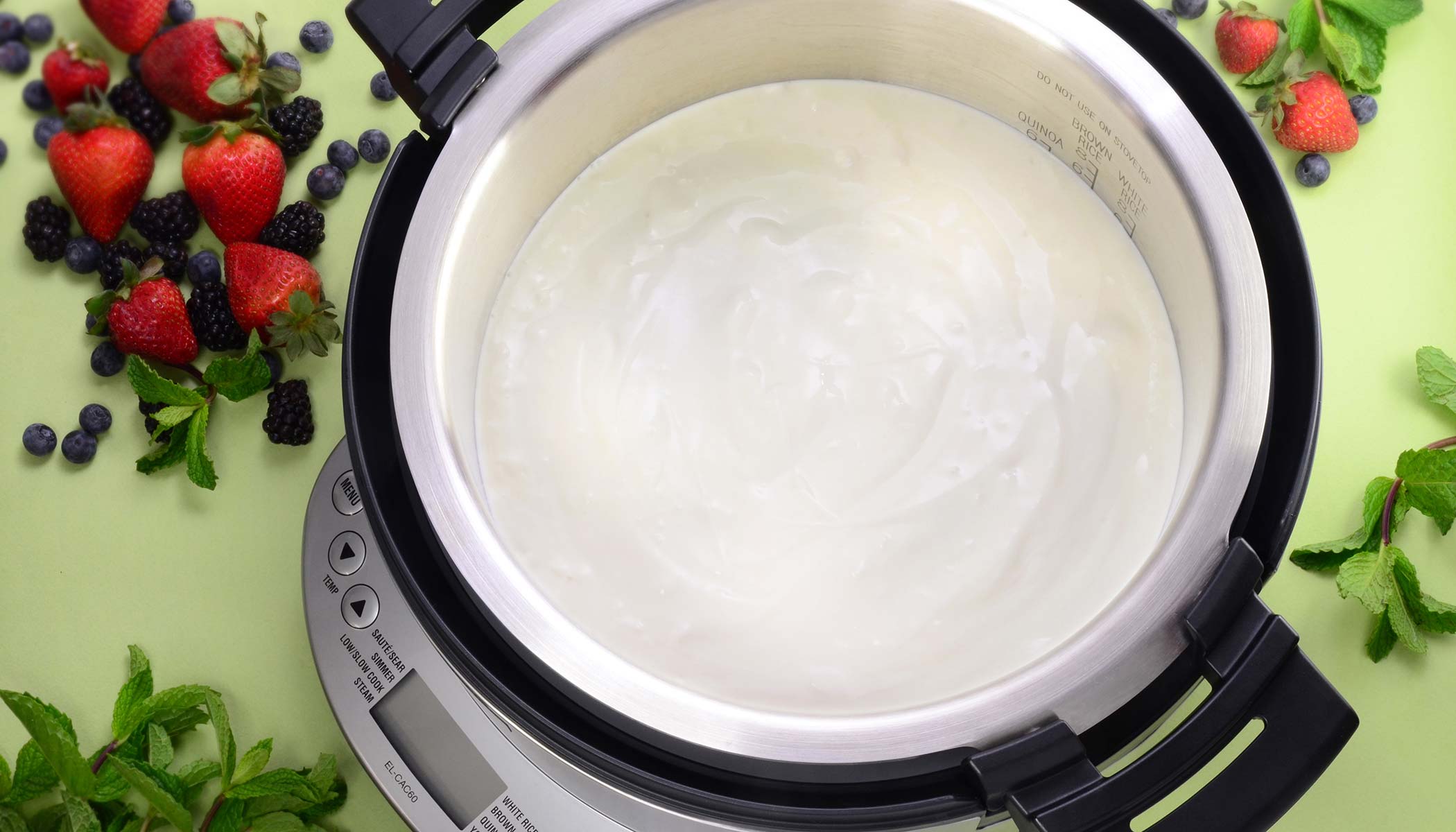

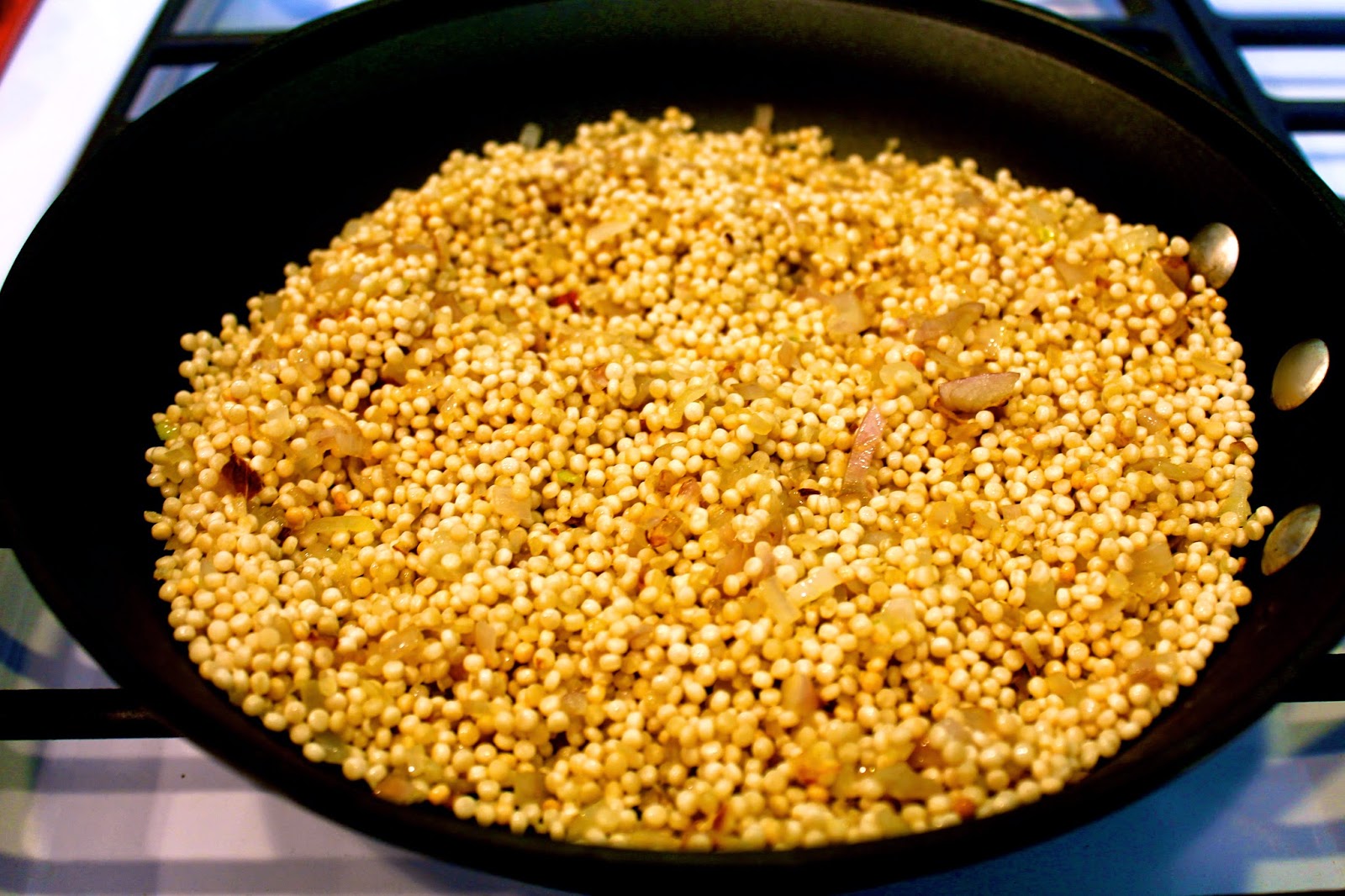
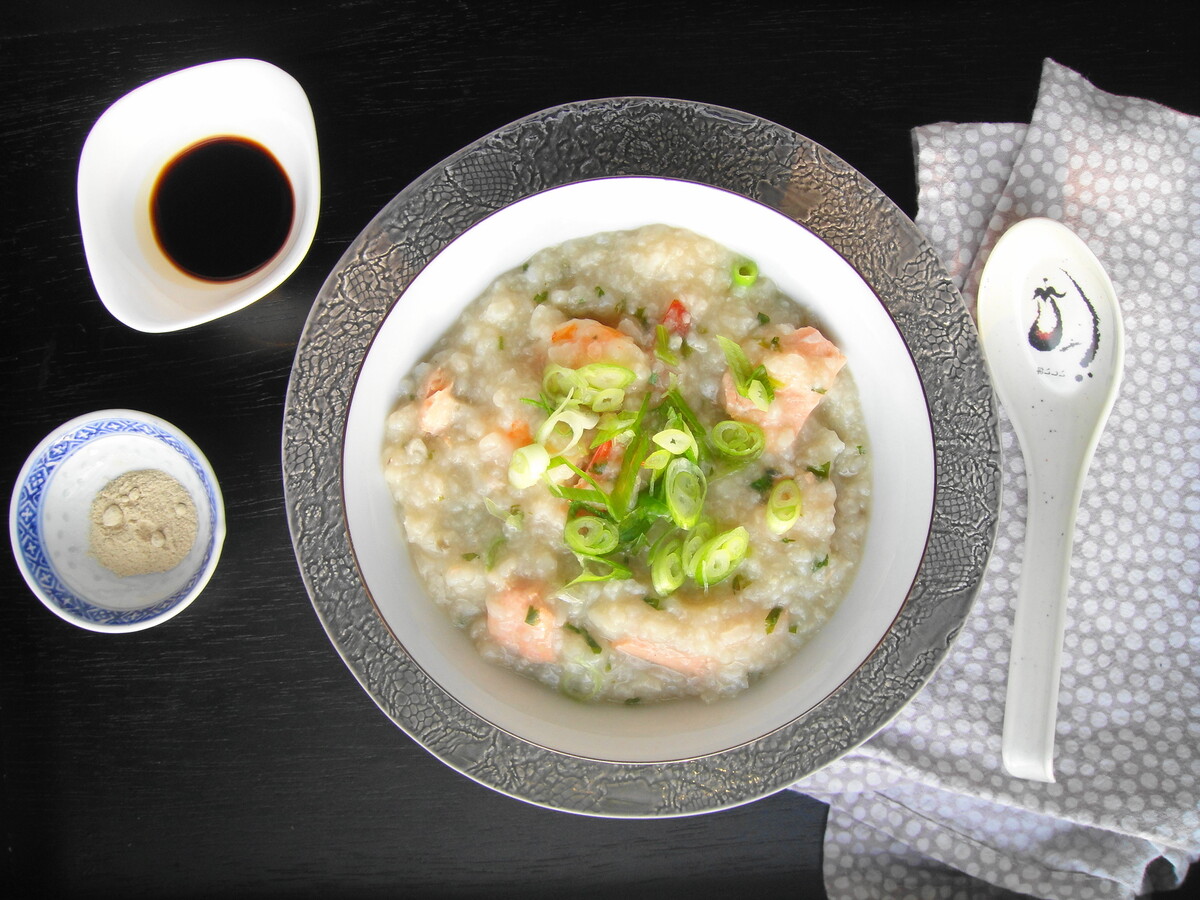
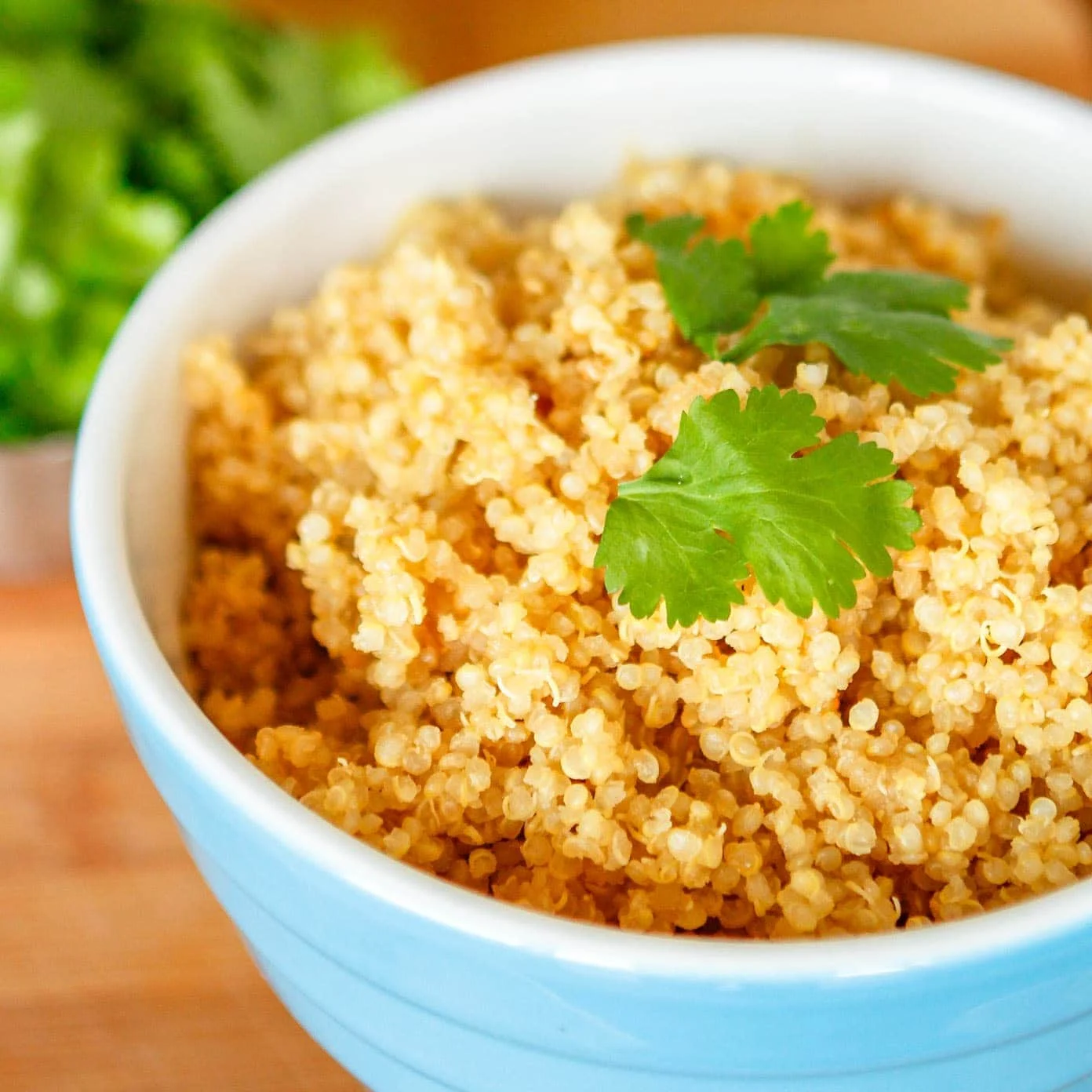
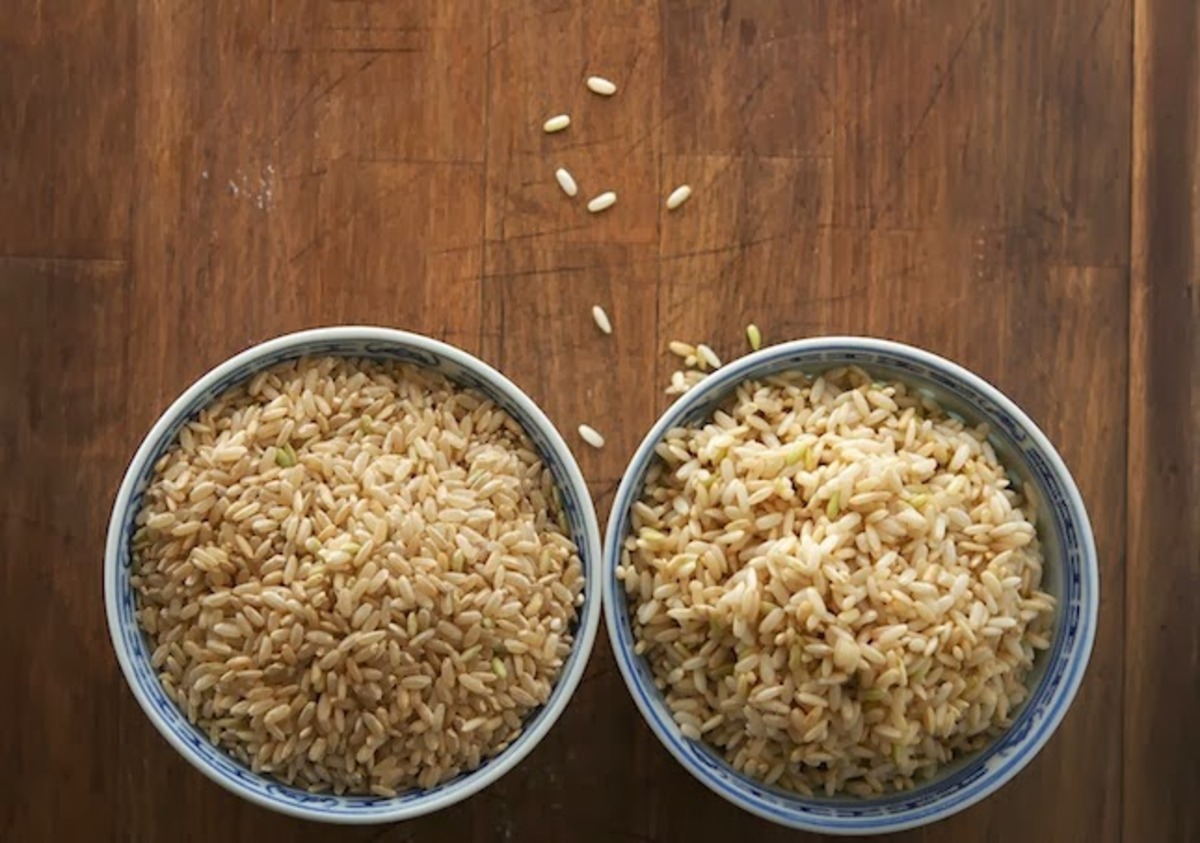
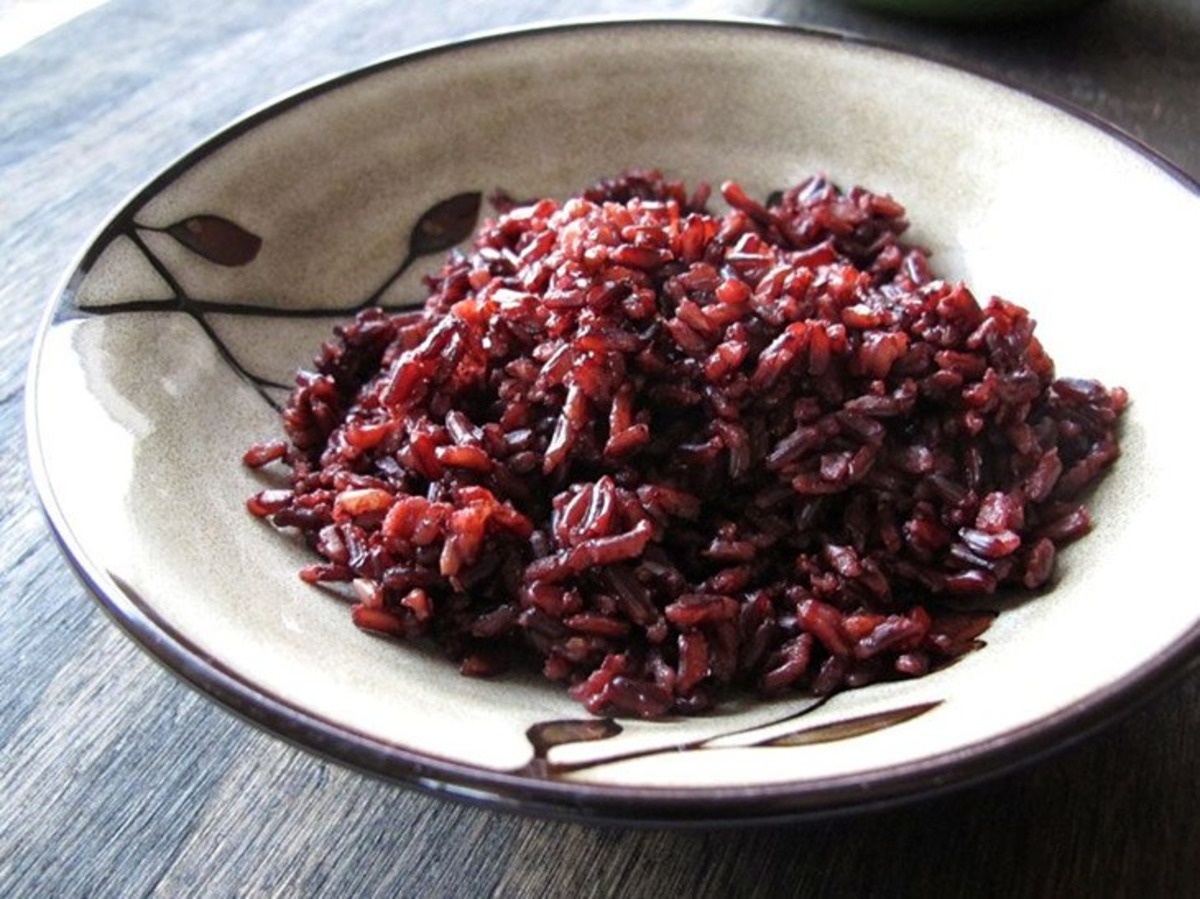
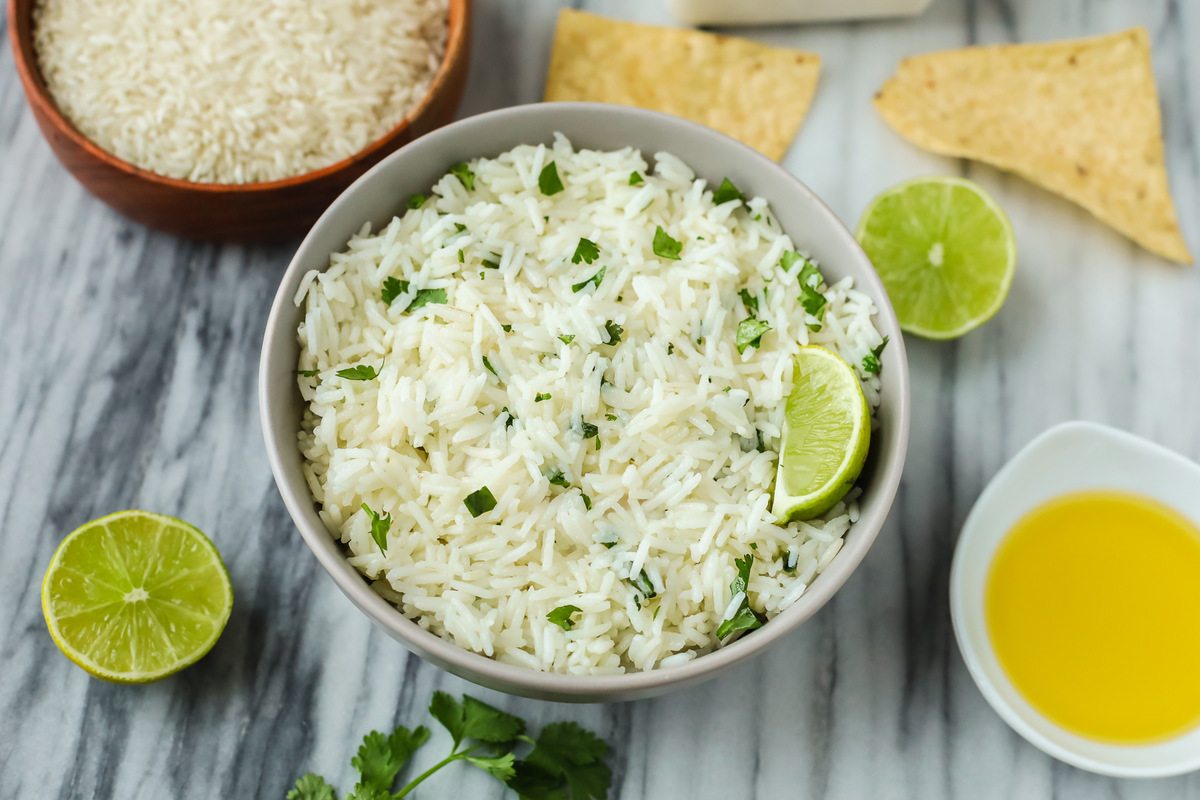
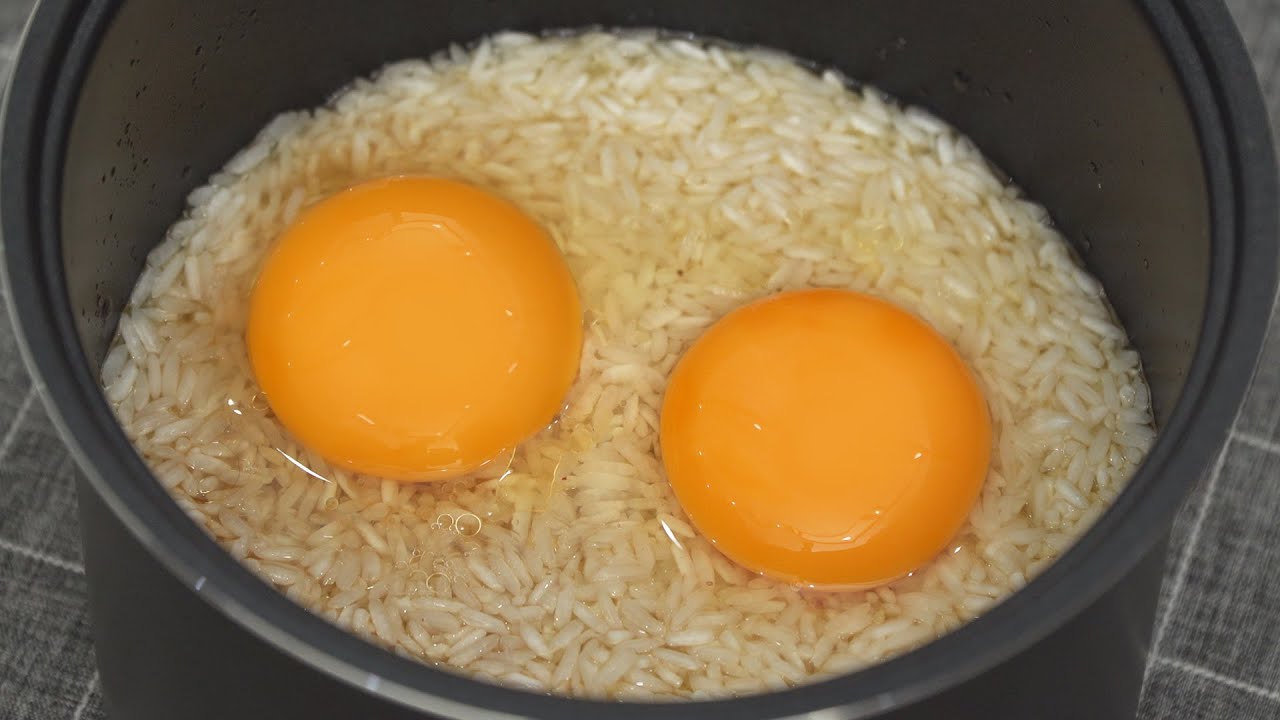

0 thoughts on “How To Make Risotto In A Rice Cooker”